5 Nights / 6 Days
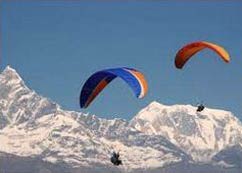
This tour package includes a low cost tour to the historical,cultural artectural and naturally great places Kathmandu and Pokhara.Services not mentioned in the itinerary.
All intrance fees at sightseeing places.
Airport tax,tips and gratitudes.
Personal expenses,lunch,dinner,beerages.
Portage at the airport.
Travel incurance.
Emergency evacuation charges.
Extra expences due to unavoidable circumstance beyond our control.20-0631-12
Arrival at Kathmandu International Airport.Meet assist and transfer to the hotel by our office representative in an exclusive vehicle.Take rest for the remaining day and overnight stay at the hotel in Kathmandu.
After breakfast around 7:30 we start our full day sightseeing of Kathmandu valley which are briefly stated belows.
Pashupatinath:
The magnificent temple of Lord Pashupatinath about 5 kms north-east of Kathmandu, is situated amidst many other temples on the right bank of the river Bagmati. Pashupathinath is the guardian spirit and the holiest of all Shiva shrines in Nepal.Lord Shiva is known by many different names; and Pashupati is one. Pashu means leaving beings, and Pati means master. In other words Pashupati is the master of all living beings of the universe. This is how lord Pashupati is eulogized in the Vedas, Upnisada and ohter religious books.The oldest ever chronicle in Nepal, Pashupati area is regarded as one of the most important places of pilgrimages for the followeres of Hinduism.
Boudhanath Stupa:
Boudhanath Stupa (or Bodnath Stupa) is the largest stupa in Nepal and the holiest Tibetan Buddhist temple outside Tibet. It is the center of Tibetan culture in Kathmandu and rich in Buddhist symbolism. The stupa is located in the town of Boudha, on the eastern outskirts of Kathmandu. Bodnath was probably built in the 14th century after the Mughal invasions; The five Buddhas also personify the five elements (earth, water, fire, air and ether), which are represented in the stupa's architecture. The base of the stupa consists of three large platforms, decreasing in size. These platforms symbolize Earth, and here you can look out at the mountains while listening to the chants of the devout doing kora, walking around the stupa praying.
Syambhunath Stupa:
After lunch we head atop a hill on the western edge of the Kathmandu Valley, the ancient Swayambunath Stupa (known to tourists as the Monkey Temple) is Kathmandu's most important Buddhist shrine. The sleepy, all-seeing Buddha eyes that stare out from the top have become the quintessential symbol of Nepal. hen this temple was founded about 2,000 years ago, Kathmandu Valley was filled with a great lake. According to Buddhist legend, a single perfect lotus grew in the center of the lake. When the bodhisattva Manjusri drained the lake with a slash of his sword, the lotus flower settled on top of the hill and magically transformed into the stupa. Thus it is known as the Self-Created (swayambhu) Stupa. The earliest written record of the Swayambunath Stupa's existence is a 5th-century stone inscription, but scholars believe there was probably a shrine here as early as the 1st century. Even before that, it is likely that animist rites took place on this hill. Swayambunath is one of Nepal's oldest Buddhist temples and it has an ancient atmosphere, especially when one approaches on foot with the pilgrims. The primary approach to the temple is from the eastern side, where 365 ancient steps lead up the steep forested hillside. The base is about a 20-minute walk from the center of Kathmandu. This staircase is the only route pilgrims would consider and is the most memorable way for any visitor to experience the stupa. However, an alternative is to drive or take a taxi to the west side, where there are only a few steps to climb to the top.
Budhanilakantha Temple:
Budhanilkantha Temple is located at the base of Shivapuri Hill within the Kathmandu valley on the northern side. It is also known as mystical Budhanilkantha temple or Narayanthan temple .Budhanilkantha literally means Old Blue Throat. It is only nine kilometer away from the main city. It is a deity of Lord Vishnu; Lord Vishnu is also known as Narayan.It is called Vishnu (Narayan) Jalasayan lying on Ananta Sesa, in the cosmic ocean. The deity is about thousand years old. Lord Vishnu is about five meter (Seventeen fits) long and lying in a thirteen meter (forty three fits) long tank, as if floating with his legs crossed with his sleeping body resting on the coils of Ananta and his 11 hooded head.His four hands hold the four symbols of Vishnu, the Shankha as conch shell, Chakra as disc,Gadha as club and Padma as lotus flower. It is believe that the deity was carved in the seventh or eighth century during the Licchavi period. Hindus can walk down the steps and touch his feet. It is with the sacredness of this particular god that a deep seated belief was created by King Pratap Malla through a prophetic dream. It was his strong belief and fear that should the King of Nepal visit the Budhanilkantha temple, death would be threatening immediately to fall upon his departure. The two other images of the deity which were carved during the same time lie at two particular destinationa, the Balaju Garden were public viewing can take place and the beautiful Royal Palace in Kathmandu.It is here at Budhanilkantha temple, however that public is not permitted.
End of tour day 1.Overnight stay at a hotel in Kathmandu.
Journey to Pokhara on private vehicle.Check-in to the hotel with welcome drink.Overnight stay at the hotel.
After breakfast around 7:30 we start our full day sightseeing of Pokhara which is briefly stated belows.
Pokahara:
The Pokhara Valley at 827 meters above sea level and 200 km west of Kathmandu is one of the most picturesque spots in Nepal. Glorious views of the Annapurna Range of the Himalayas including Dhaulagiri, Annapurna I - IV and the magnificent "fish tail mountain" Machhapuchhare are visible from the town. Machhapuchhare for example, is only 28 kilometers from Pokhara's Phewa Lake, without a single mountain range intervening between the two. The beauty of the valley is enhanced by its lakes -- Phewa, Begnas,and Rupa, which have their source in the glacial region of the Annapurnas. Pokhara has a much more tropical feel to it than other mountainous regions; a fact well appreciated by the beautiful diversity of flowers which prosper in its environs. Indeed, the valley surrounding Pokhara is home to thick forests, rapid rivers, emerald lakes, and of course, the world famous views of the Himalaya. Also, since Nepal is further south than north American mountain ranges, the snow levels in Nepal are higher. In fact the lower snow level in the Annapurna Himalayas start at 15,000 feet; higher than the summit of the tallest mountain in the contiguous 48 states
Pokhara is a big tourist spot because it has the beautiful Phewa Tal Lake, great mountain scenery, and is the gateway to the most popular treks in Nepal. It is one of the most beautiful places in Nepal. There are several excellent one day trips and short works in the area. Some of the best river rafting tours in Nepal begin nearby. It is a pleasant laid-back, relaxed place to stay for a while. Located at just 800m above sea level, it is close to the 8000m Annapurna and Dhaulagiri mountain ranges and there some outstanding views to the north. Machhapuchhare(Fishtail Peak), which is one of the most beautiful mountains in the world, is right next to the city. Pokhara .
Sarangkot is the best located view point near the Pokhara valley which is encircled by green forest. Early in the morning you have to get up and our guide take you to the place where you can observe the whole Annapurna range which covered by white snow backward of the hill can see Fewa lake and view of Pokhara valley. Other attractions are Fishtail and Dhaulagiri lures the tourist which seems to smile to see the people.
We then visit the Bindabasini (the Hindu goddess temple), Mahendra cave, and Chamere Gufa (cave) which are popular among the visitors. After having lunch on the way, we proceed to Museum then drive to Devis Falls and Gupteshow Mahadev the hidden temple inside the cave) which are very interested site of Pokhara.
Drive back to Kathmandu after breakfast and check-in to the hotel. Rest for the day.Overnight stay at the hotel.
End of our services with departure transfer to the airport to board flight for your onward destination.
| No of pax | Age Limit | Price per pax (Rs) |
|---|---|---|
| Adult | Above 12 years | $ 382 / Adult |
Three star combination
| 2-3 pax | $382.00 |
| 4-10 pax | $340.00 |
| 11-19 pax | $277.00 |
| 20+ | $250.00 |
Four star combination
| 2-3 pax | $436.00 |
| 4-10 pax | $395.00 |
| 11-19 pax | $332.00 |
| 20+ | $304.00 |
Five star combination
| 2-3 pax | $609.00 |
| 4-10 pax | $568.00 |
| 11-19 pax | $505.00 |
| 20+ | $477.00 |
A Travel Company Established as per Tourism Act of Government of Nepal. We Deals in Car & Coach Rental, Tour Operators, Hotel Booking Services. Read More...
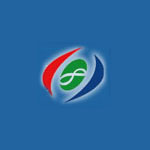
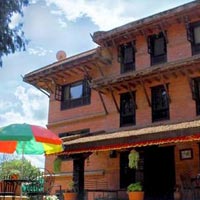 4D/3N
4D/3N
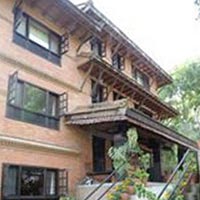 5D/4N
5D/4N
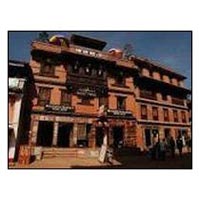 4D/3N
4D/3N
 5D/4N
5D/4N
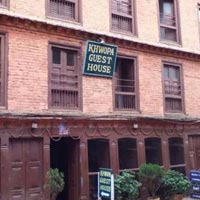 4D/3N
4D/3N
 5D/4N
5D/4N
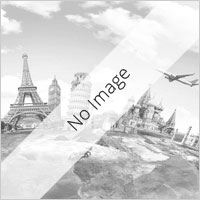 4D/3N
4D/3N
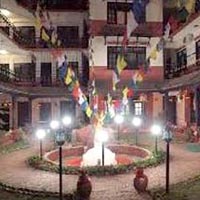 4D/3N
4D/3N
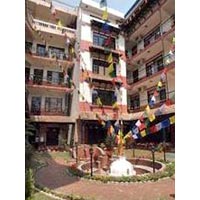 5D/4N
5D/4N
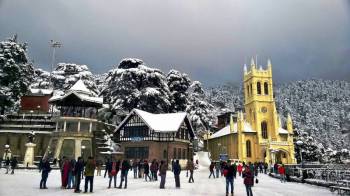 6D/5N
6D/5N
 6D/5N
6D/5N
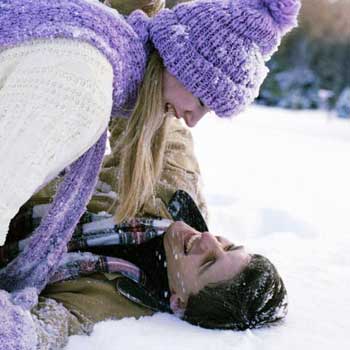 6D/5N
6D/5N
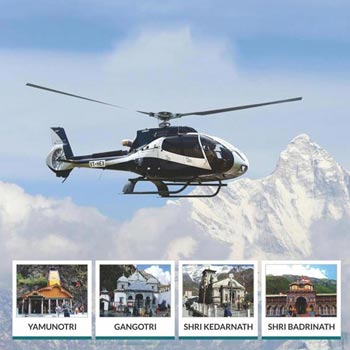 6D/5N
6D/5N
Chardham Yatra By Helicopter Tour
Yamunotri - Gangotri - Kedarnath - Badrinath
 6D/5N
6D/5N
Srinagar,Pahalgam,Gulmarg,Sonamarg,Srina..
Srinagar - Pahalgam - Gulmarg - Sonamarg
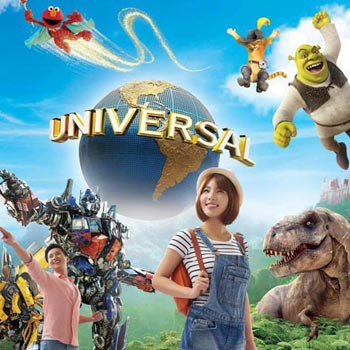 6D/5N
6D/5N
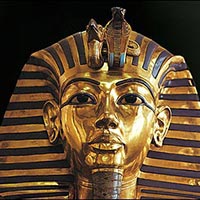 6D/5N
6D/5N
 6D/5N
6D/5N
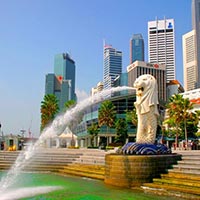 6D/5N
6D/5N
 12D/11N
12D/11N
11 Nights - 12 Days Nepal Tour From Gora..
Prayagraj - Gorakhpur - Varanasi - Ayodhya - Kathmandu - Pokhara - Chitwan - janakpur
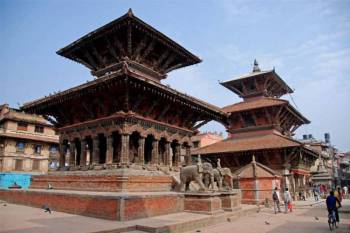 12D/11N
12D/11N
11 Nights - 12 Days Nepal Tour Package - 2
Prayagraj - Gorakhpur - Varanasi - Ayodhya - Kathmandu - Pokhara - Chitwan - janakpur
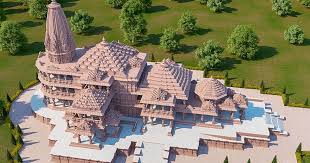 12D/11N
12D/11N
Prayagraj - Varanasi - Bodhgaya - Ayodhya - Pokhara - Chitwan - Parsa
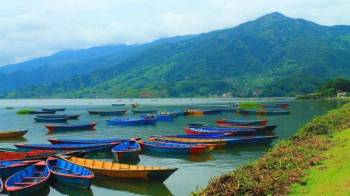 12D/11N
12D/11N
11 Nights - 12 Days Nepal Tour From Gora..
Prayagraj - Gorakhpur - Varanasi - Ayodhya - Kathmandu - Pokhara - Chitwan - janakpur
 8D/7N
8D/7N
8D Kathmandu - Chitwan - Pokhara - Lumbi..
Kathmandu - Pokhara - Lumbini - Chitwan - janakpur
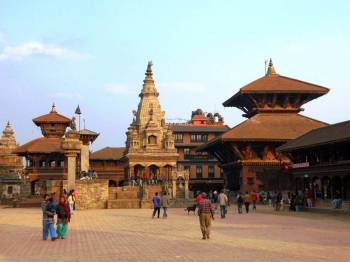 3D/2N
3D/2N
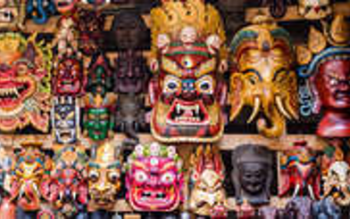 8D/7N
8D/7N
 6D/5N
6D/5N
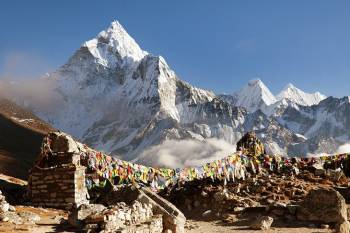 7D/6N
7D/6N